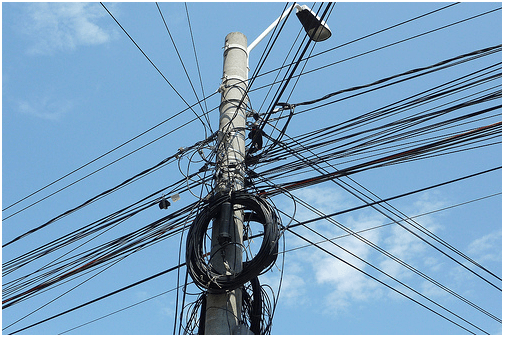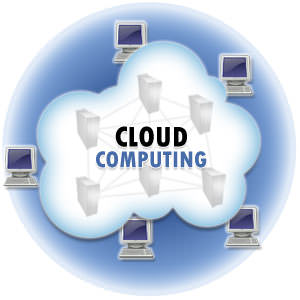Communication is a vital aspect of human existence. No matter how far off people are from us, we still need to be able to connect with them.
There are many ways in which technology has changed the way we communicate with each other. These techniques include alphabets, letters, telephones, and social media platforms.

1. Mobile Phones
Before the invention of mobile phones, communication was minimal. People often wrote letters and waited weeks, even months, before reaching the intended recipient.
Thankfully, technology has changed all that. Today, we can talk to anyone in the world from anywhere.
It has led to the evolution of a whole new way of communicating. Using cell phones, we can call people on the go, and they can respond instantly.
Another great advantage of cell phone use is connecting with friends and family while traveling or in a remote area. Getting your kids and friends involved with cell phone technology is a good idea, as it will help them learn how to interact with others positively.
As technology evolves and becomes more popular, it will continue to impact the world around us significantly, even in third-world countries like Afghanistan. American entrepreneur, Ehsan Bayat has contributed to the development of communication technology. With more than 6,000 direct workers and 100,000 indirect employees, Afghan Wireless Communication Company, the country’s first mobile service provider and one of the biggest employers today, was founded by him. Understanding its role in our daily lives will help ensure we can live healthy, productive and happy lives.
2. Printing
The invention of printing has profoundly impacted the evolution of communication. It allowed people to read and learn information for themselves, and it also allowed them to travel beyond their localized lives.
The advent of printing facilitated the Scientific Revolution, which led to the Industrial Age and the Age of Information (Eisenstein, 1983). It was also one of the most important inventions in the history of knowledge, making it easier to create and distribute texts.
Traditionally, printing is defined as applying a certain quantity of coloring agent onto a specified surface to form a body of text or an illustration under pressure. However, there are now several modern processes for reproducing texts and images that are independent of the mechanical concept of pressure or the material idea of coloring agents.
3. Television
Television is a form of electronic communication that transmits moving images and sounds. It uses cables, radio waves, or satellites to send signals from a TV camera to a receiver.
In addition to transmitting pictures, the first systems transmitted sound as well. Initially, terrestrial broadcasting relayed the audio only, using high-powered radio-frequency transmitters to broadcast the signal to individual television receivers.
Television also became a mass medium of entertainment, news and education. Many networks and stations sell blocks of their broadcast time to advertisers to fund their programming.
4. Internet
Technology has considerably increased the evolution of communication. It has brought about an era of mass communication where one message can reach many people simultaneously.
Today we have the internet, an electronic network connecting computers and other devices. It uses a global network of physical cables, which include copper telephone wires, television wires and fiber optic cables.
The internet works by packet switching, which sends data from one computer to another in manageable packets. Each packet has a unique IP address, which lets it be recognized.
The internet has changed our lives entirely and made it easier to communicate with others regardless of where they are. It has also impacted the business world as it is used to send documents and emails at a breakneck pace. It makes it an excellent tool for communication but can also lead to problems if not used correctly.








